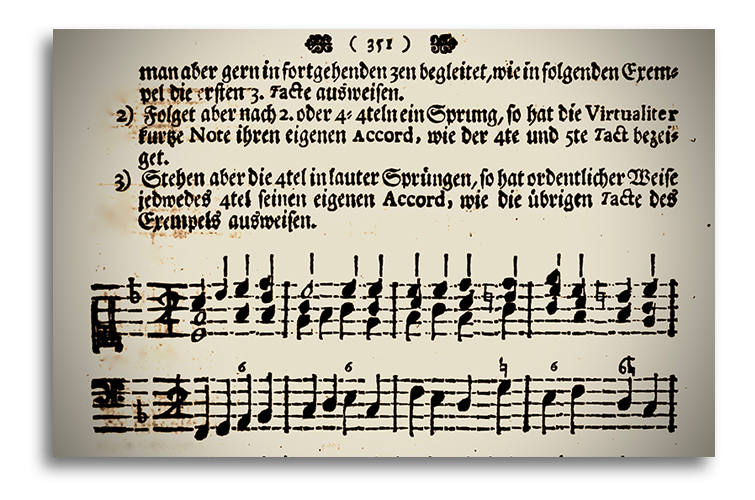
Eighteenth-Century Basso continuo
“With respect to the thorough bass on the harpsichord, it has been my particular aim to observe a great variety of harmony and movements, which two things are most agreeable to the nature of that instrument; and I have given the following short rules, for the use of those who desire to accompany in a good taste. They must be sure to place the chords between both hands, in such a manner as to produce (by passing from one chord to another) at once both an agreeable harmony and melody. Sometimes playing many chords, and at other times few, for our delight arises from the variety. Whenever the upper part stops, and the bass continues, he who accompanies must make some melodious variation on the same harmony, in order to awaken the imagination of the performer, whether he sings or plays, and at the same time to give pleasure to the hearer.” (Francesco Geminiani, Rules for Playing in a True Taste, London, c1747, Introduction).
Future projects and recordings include: Philidor, Cinquiéme Suite; Vivaldi, Sonata for cello and basso continuo; J.S. Bach, Cantata ‘Amore traditore’; Handel, “Hallenser Sonata” in e minor; C.Ph.E. Bach, Sonate in G. and a video on the Galant Style.
